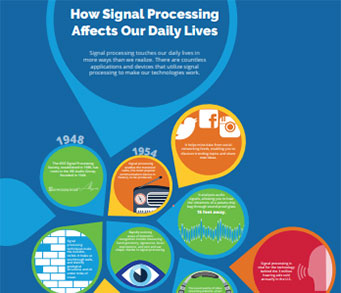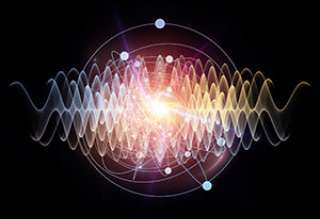SPS Feed
Top Reasons to Join SPS Today!
1. IEEE Signal Processing Magazine
2. Signal Processing Digital Library*
3. Inside Signal Processing Newsletter
4. SPS Resource Center
5. Career advancement & recognition
6. Discounts on conferences and publications
7. Professional networking
8. Communities for students, young professionals, and women
9. Volunteer opportunities
10. Coming soon! PDH/CEU credits
Click here to learn more.
The Latest News, Articles, and Events in Signal Processing

We are looking for a motivated and talented individual to work on a two-year UKRI-funded project in the area of expressive speech synthesis. Follow https://www.jobs.ac.uk/job/CHB468/research-associate-in-speech-synthesis to apply and learn more details about the post.The deadline for submitting applications is July 23, 2021.
Date: April 17-21, 2023
Location: Cartagena, Colombia

The Computational Imaging Lab in the Department of Computer Science at Portland State University is hiring a graduate student starting Winter/Spring 2022. This is a fully funded PhD student position and includes a monthly stipend and tuition waiver. The position will be for 1 year, initially, and will be renewed for up to a maximum of 5 years (subject to satisfactory progress and availability of funding).
This paper addresses the problem of target detection against a background of Gaussian clutter by using frequency snapshots with reduced degrees of freedom (DOF). We derive the optimal detector and detection performance under the Neyman-Pearson criterion for general frequency snapshot selection with arbitrary DOF. When the clutter statistics are unknown, we use a uniformly random frequency snapshot selection method and show how the DOF employed affects the detection performance.
Target source extractionis significant for improving human speech intelligibility and the speech recognition performance of computers. This study describes a method for target source extraction, called the similarity-and-independence-awarebeamformer (SIBF). The SIBF extracts the target source using a rough magnitude spectrogram as the reference signal. The advantage of the SIBF is that it can obtain a more accurate signal than the spectrogram generated by target-enhancing methods such as speech enhancement based on deep neural networks.
Spatial registration and track-to-track association (which are mutually coupled) are essential parts in the process of multi-sensor information fusion. The quality of the spatial registration and track association algorithm directly influences the subsequent fusion performance.
This paper considers the problem of decentralized consensus optimization over a network, where each node holds a strongly convex and twice-differentiable local objective function. Our goal is to minimize the sum of the local objective functions and find the exact optimal solution using only local computation and neighboring communication.
Novel Monte Carlo estimators are proposed to solve both the Tikhonov regularization (TR) and the interpolation problems on graphs. These estimators are based on random spanning forests (RSF), the theoretical properties of which enable to analyze the estimators’ theoretical mean and variance.
The video captioning task aims to describe video content using several natural-language sentences. Although one-step encoder-decoder models have achieved promising progress, the generations always involve many errors, which are mainly caused by the large semantic gap between the visual domain and the language domain and by the difficulty in long-sequence generation.
The prevailing use of both images and text to express opinions on the web leads to the need for multimodal sentiment recognition. Some commonly used social media data containing short text and few images, such as tweets and product reviews, have been well studied. However, it is still challenging to predict the readers’ sentiment after reading online news articles, since news articles often have more complicated structures, e.g., longer text and more images.
Pages
SPS Social Media
- IEEE SPS Facebook Page https://www.facebook.com/ieeeSPS
- IEEE SPS X Page https://x.com/IEEEsps
- IEEE SPS Instagram Page https://www.instagram.com/ieeesps/?hl=en
- IEEE SPS LinkedIn Page https://www.linkedin.com/company/ieeesps/
- IEEE SPS YouTube Channel https://www.youtube.com/ieeeSPS
















